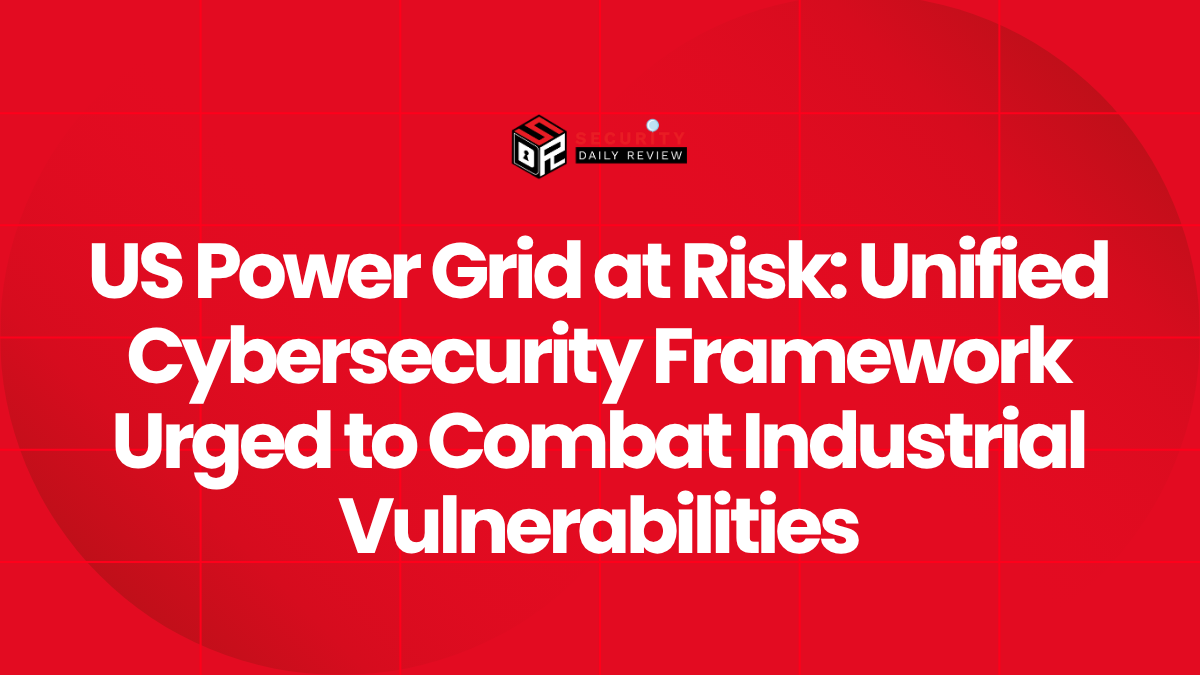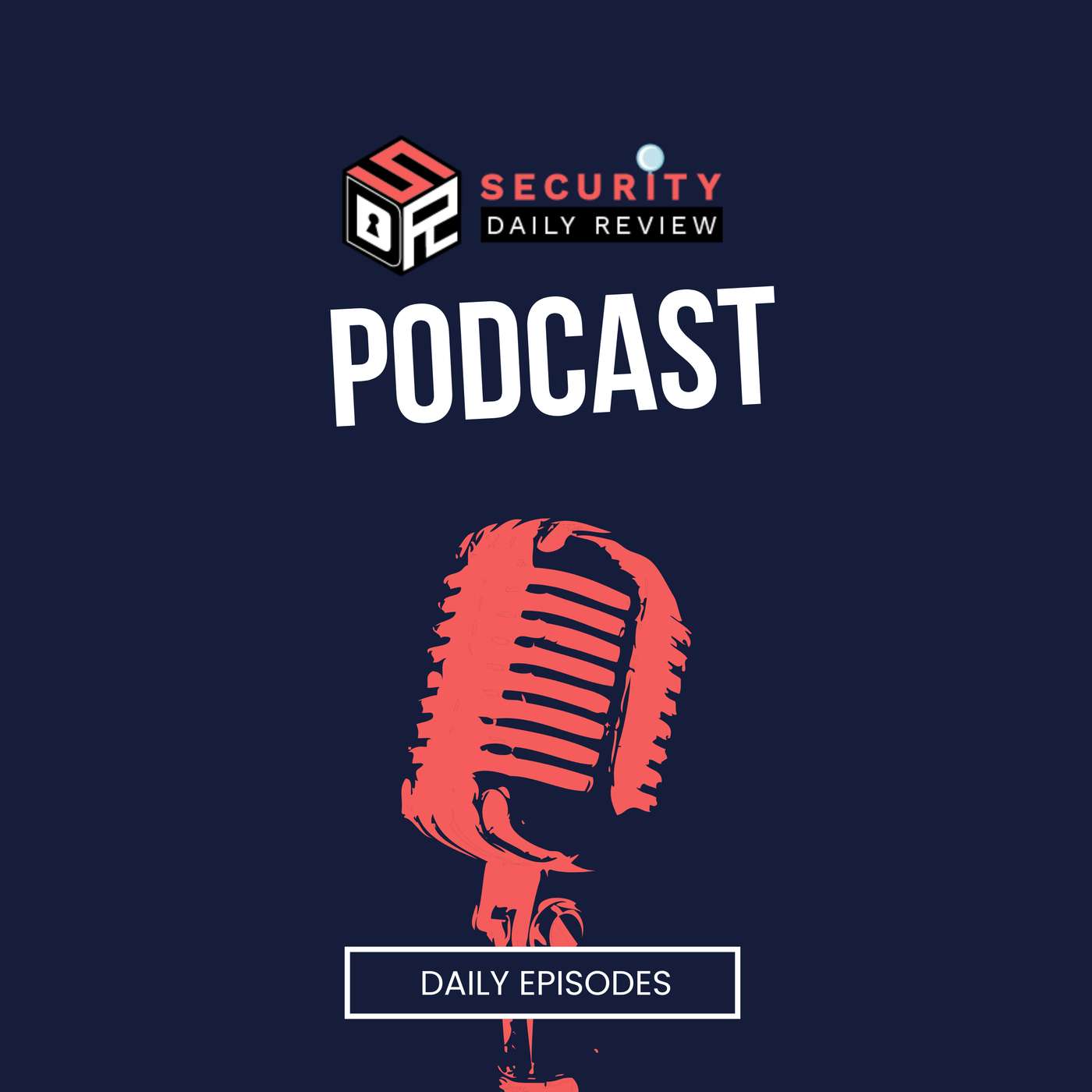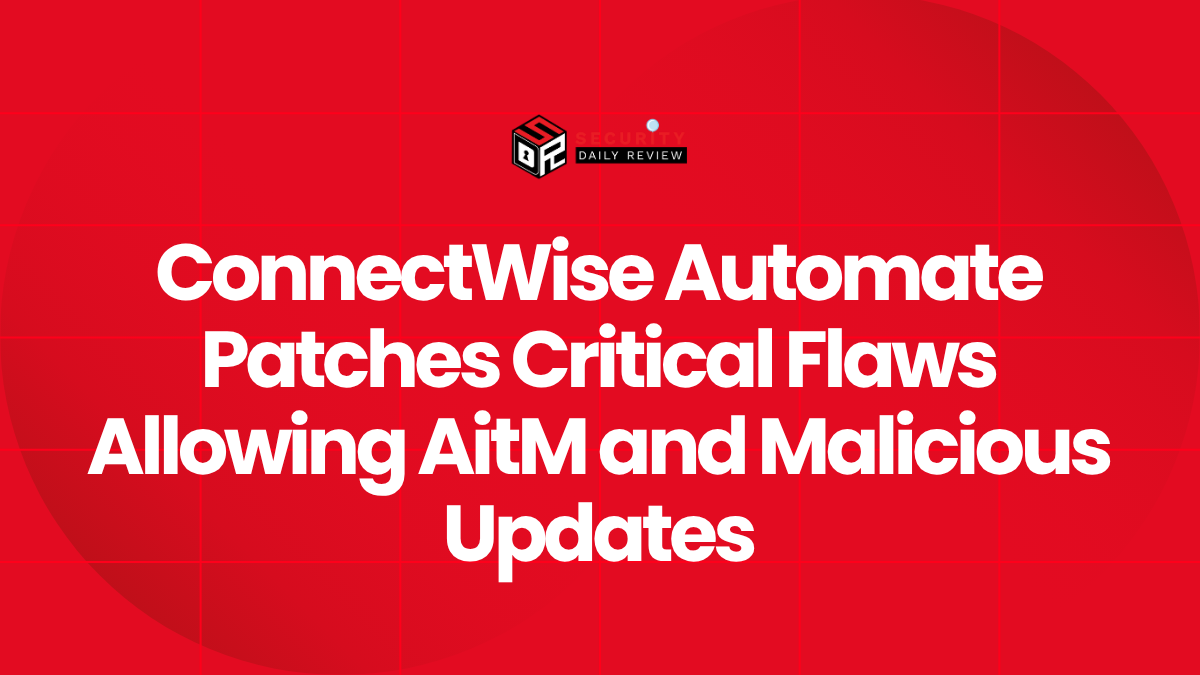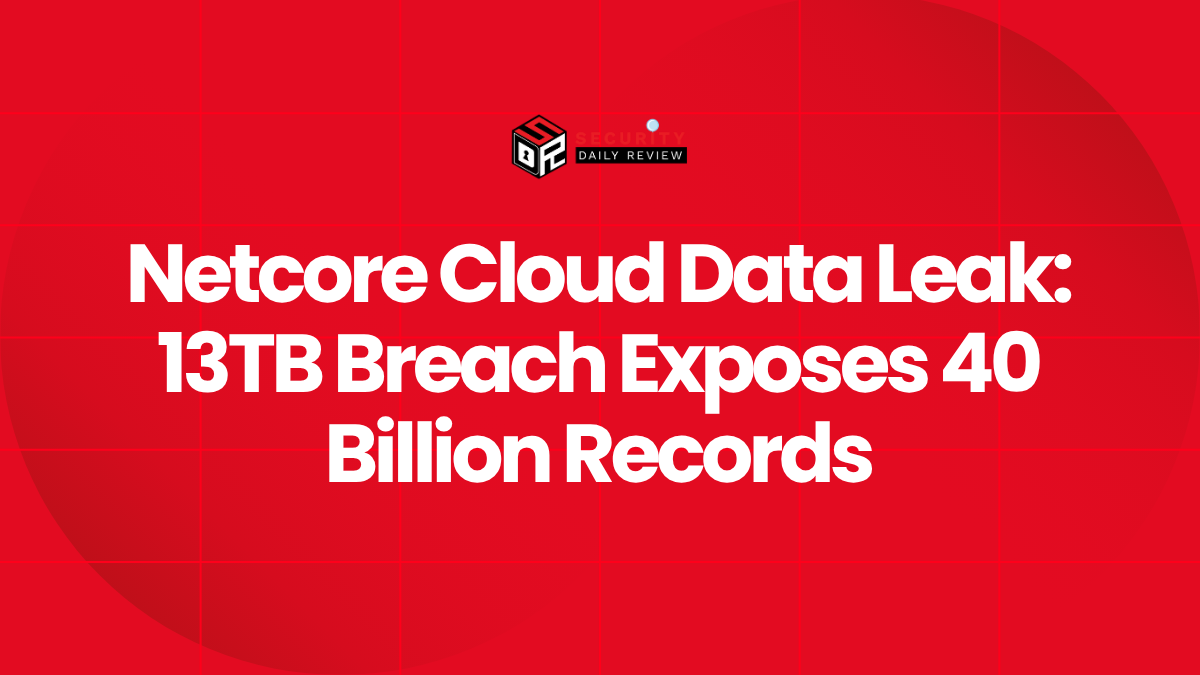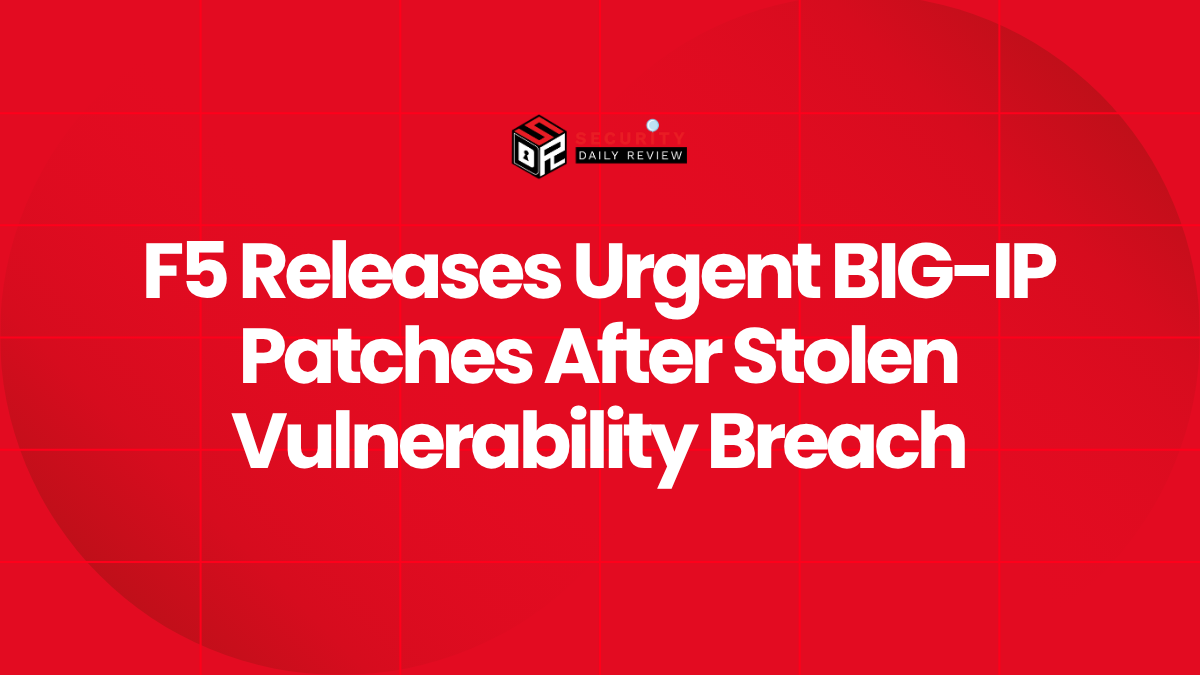As the United States power grid becomes increasingly digitized and interconnected, its exposure to cyber threats is growing at an alarming rate. In 2024 alone, cyberattacks on U.S. utilities surged by 70% compared to the previous year, according to Check Point Research. Regulators and cybersecurity experts are sounding the alarm: without a unified cybersecurity framework, the infrastructure underpinning national power distribution remains dangerously fragmented and vulnerable to exploitation.
Fragmented Policies and Legacy Systems Are Undermining Grid Resilience
A white paper by Jack Vanlyssel highlights fundamental weaknesses across the U.S. power grid’s Industrial Control Systems (ICS). These vulnerabilities include poor network segmentation, outdated software, and inadequate monitoring—issues that were exploited in past incidents like the Ukraine power grid attacks and the infamous Stuxnet worm.
Threat Landscape Expands While Cyber Hygiene Falls Behind
NERC (North American Electric Reliability Corporation) reported that in 2023, vulnerable entry points in the U.S. electric grid increased steadily at a rate of about 60 per day, reaching between 23,000 and 24,000—up from 21,000 to 22,000 in 2022. This surge is partially driven by geopolitical tensions, including ongoing conflicts in Ukraine and Gaza and state-sponsored threats from China. In addition to cyber threats, approximately 2,800 physical attacks—such as vandalism and gunfire—were reported, with operational impacts in 3% of those incidents.
Vanlyssel points to substandard cyber hygiene among utility operators, where inconsistent software patching, weak authentication, and misconfigured remote access leave systems exposed to increasingly sophisticated threats. He emphasizes that reliance on fragmented and reactive cybersecurity regulatory environments is no longer acceptable.
Calls Grow for a Unified National Cybersecurity Framework
Vanlyssel’s policy analysis white paper outlines a proposed Unified National Cybersecurity Framework as a path toward long-term protection of critical infrastructure. Drawing from existing standards set by organizations including NERC, IEC (International Electrotechnical Commission), IEEE (Institute of Electrical and Electronics Engineers), and NIST (National Institute of Standards and Technology), the framework would serve to:
- Standardize cyber hygiene protocols across all energy providers
- Facilitate real-time threat information sharing between federal agencies and utilities
- Eliminate overlapping or contradictory requirements from multiple regulatory bodies
- Support clear guidance for integrating advanced technologies like AI and software-defined networking
He forecasts that consolidating and harmonizing current cybersecurity standards would improve responsiveness to evolving threats and reduce regulatory fatigue among operators.
Technological Innovations Aim to Shore Up ICS Defenses
Complementing the policy-level recommendations, several recent academic and government initiatives propose actionable technical enhancements to secure the energy sector’s digital infrastructure.
Smart Grid Solutions Enable Proactive Threat Detection
Researchers introduced FedDiSC, a privacy-preserving Federated Learning (FL) framework designed for smart grid networks. It allows decentralized power zones to collaborate in developing intrusion detection models without sharing sensitive data. Key features include:
- A deep auto-encoder network for high-accuracy anomaly detection
- A gradient quantization mechanism improving communication efficiency by 40% over traditional FL methods
- Privacy-preserving architecture aligned with grid-specific operational needs
In parallel, another study proposes SDN-Based Smart Cyber Switching (SCS) for protecting digital substations. This strategy includes an adaptive port controller and an intrusion detection system capable of filtering malicious IEC 61850 messages—a protocol critical in electrical substation communications. Simulations and hardware-in-the-loop testing confirm significant gains in resilience.
DHS and NIST Expand Guidance Amid Growing Threats
Acknowledging the mounting risks, the Department of Homeland Security (DHS) released an AI governance framework for the critical infrastructure sector. It advises power grid operators to:
- Vet AI systems for safety and ethical alignment
- Maintain transparency in AI usage
- Secure supply chains and physically protect data centers
The DHS framework is designed to evolve alongside AI development and supports coordination between AI developers and infrastructure operators.
Meanwhile, NIST’s updated Cybersecurity Framework 2.0 incorporates modern challenges such as supply chain risk and identity management. Its flexible structure—divided into Core Functions (Identify, Protect, Detect, Respond, Recover)—continues to serve as the backbone for cybersecurity policy in U.S. critical systems.
Stress on the Grid from Data Centers Further Complicates Security
Adding another layer of risk, the growth of hyperscale data centers is introducing operational instability to the power grid, according to a report from March 2025. One incident in Virginia’s “Data Center Alley” saw 60 data centers abruptly disconnect from the grid due to a failed surge protector, triggering a 1,500 MW oversupply and prompting emergency output reductions by utility operators. As grid operators work to prevent widespread outages, regulators and data center managers alike are calling for updated reliability standards and closer coordination.
Actionable Takeaways for Utilities and Policymakers
The convergence of digital expansion, legacy infrastructure, and geopolitical volatility demands urgent and comprehensive action:
- Standardization Is Critical : Utilities should align with a unified cybersecurity framework that incorporates NIST, NERC, and international standards.
- Enhance Cyber Hygiene : Basic practices like patch management, strong authentication, and network segmentation remain foundational.
- Deploy Resilient Technologies : Consider adopting advanced solutions like FedDiSC and SDN-based cyber restoration tools to detect and respond to attacks in real time.
- Improve Communication Flows : Efficient sharing of threat intelligence between public agencies and private operators is crucial.
- Plan for Grid Volatility : Collaboration with data center stakeholders can reduce the operational threats posed by large, power-senstive facilities.
Future efforts must bridge the gap between cutting-edge technological innovation and coherent national policy. As the power grid continues to digitalize and expand, cybersecurity is no longer optional—it is mission-critical to national resilience.

